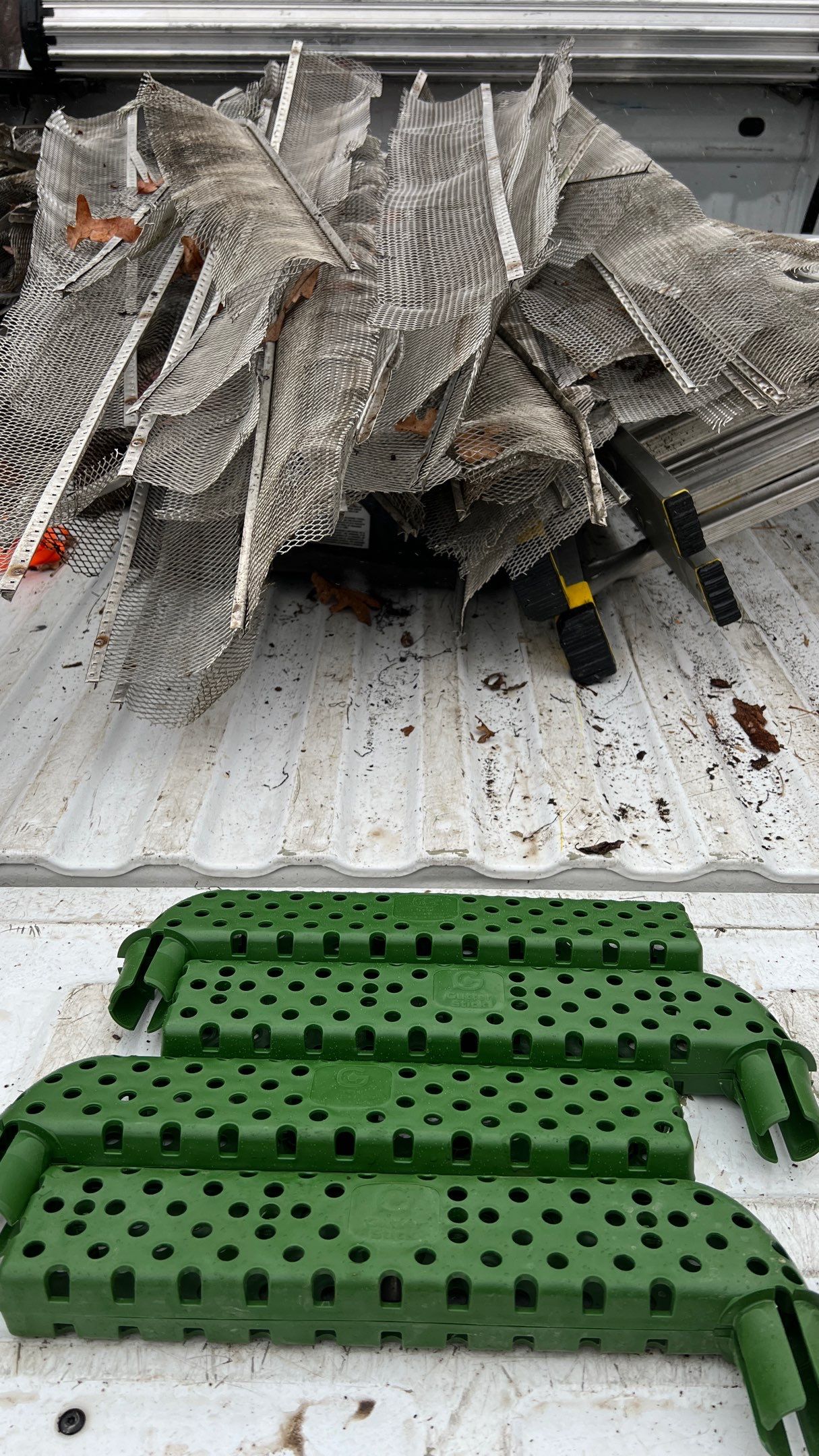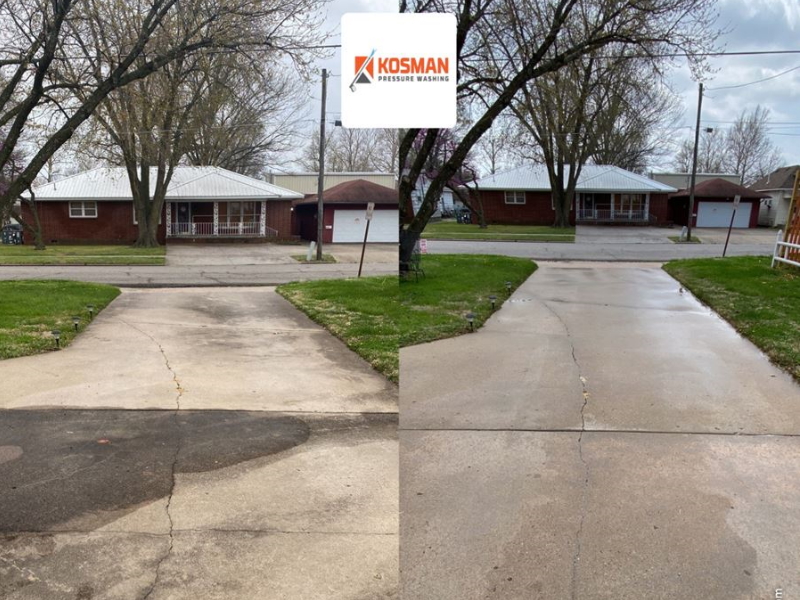The Ultimate Guide to Pressure Washing: Tips and Techniques

Pressure washing has become an essential tool for homeowners and businesses alike when it comes to maintaining the cleanliness and aesthetics of their properties. Whether you're looking to remove years of built-up grime from your driveway or revitalize the exterior of your commercial building, pressure washing can do wonders. In this comprehensive guide, we'll walk you through the tips and techniques that will help you achieve the best results with pressure washing.
Why Pressure Washing Matters
Before we dive into the nitty-gritty of pressure washing, let's first understand why it's such a valuable service. Pressure washing offers numerous benefits, making it a go-to solution for cleaning various surfaces. These benefits include:
- Efficiency: Pressure washing can significantly reduce the time and effort required for cleaning compared to manual scrubbing or traditional methods.
- Versatility: It can be used on a wide range of durable surfaces, like concrete and brick.
- Enhanced Curb Appeal: Pressure washing can instantly boost the curb appeal of your property by removing dirt, mold, mildew, and stains.
- Preventive Maintenance: Regular pressure washing can help prevent long-term damage to surfaces by removing harmful contaminants.
Choosing the Right Pressure Washing Equipment
To achieve the best results with pressure washing, it's essential to select the right equipment. Here's what you need to know:
- Pressure Washer Types: There are two main types of pressure washers: gas-powered and electric. Gas-powered models offer higher pressure and are more suitable for heavy-duty jobs, while electric models are convenient for lighter tasks.
- Pressure Settings: Adjusting the pressure is crucial. High pressure may be suitable for concrete, but it can damage more delicate surfaces. Always start with lower pressure and increase it gradually if needed.
- Nozzles: Pressure washers come with a variety of nozzles, each designed for specific tasks. For example, a 15-degree nozzle is suitable for most cleaning jobs, while a 0-degree nozzle provides a concentrated stream for tough stains, but is typically not recommended by professionals. This is due to the sheer amount of pressure applied to the surface, which could result in damage.
Safety Precautions and Best Practices
Safety should always be a top priority when pressure washing:
- Wear Protective Gear: Use safety goggles, gloves, and appropriate footwear to protect yourself from flying debris and chemicals.
- Proper Technique: Maintain a consistent distance (usually 6-12 inches) between the nozzle and the surface to avoid damage. Always move the wand in a sweeping motion.
- Chemical Use: When using detergents or chemicals, follow the manufacturer's instructions and rinse thoroughly to avoid residue.
Step-by-Step Guide for DIY Pressure Washing
Now, let's break down the process of pressure washing your home's exterior or other surfaces:
- Preparation: Clear the area of any obstacles, cover plants and electrical outlets, and inspect the surface for loose paint or damage.
- Equipment Setup: Connect your pressure washer to a water source, attach the appropriate nozzle, and plug it in (for electric models) or start the engine (for gas-powered ones).
- Testing: Before tackling the main cleaning, test the pressure washer on a small, inconspicuous area to ensure it won't damage the surface.
- Cleaning: Starting from the top and working your way down, use even strokes to clean the surface. Maintain a consistent distance and overlap strokes slightly for thorough cleaning.
- Rinsing: After cleaning, switch to a rinsing nozzle and go over the surface again to remove any remaining detergent or debris.
- Final Inspection: Examine the cleaned surface to ensure it meets your expectations. If needed, repeat the process.
When to Hire a Professional Pressure Washing Service
While DIY pressure washing can be effective for many tasks, there are situations where hiring a professional is the best choice:
- Complex Surfaces: If you're dealing with intricate surfaces or historical properties, professionals have the expertise to handle them safely.
- Lack of Equipment: If you don't own a pressure washer or the necessary attachments, hiring a professional is more cost-effective.
- Time Constraints: Pressure washing can be time-consuming, and professionals can get the job done quickly and efficiently.
Pressure washing is a versatile and effective way to clean and rejuvenate surfaces, enhancing the appearance and longevity of your property. By following the tips and techniques outlined in this guide, you can confidently tackle pressure washing projects on your own or make an informed decision when hiring a professional service.
Remember, the key to successful pressure washing is choosing the right equipment, practicing safety precautions, and employing the best techniques for each specific job. Whether you're a DIY enthusiast or prefer to leave it to the experts, a clean and inviting property is just a pressure wash away.



.jpg)
